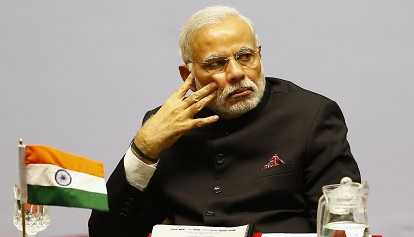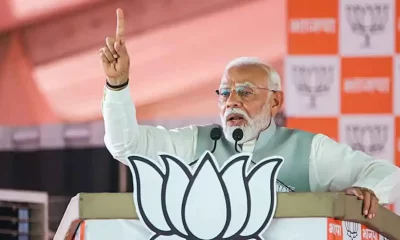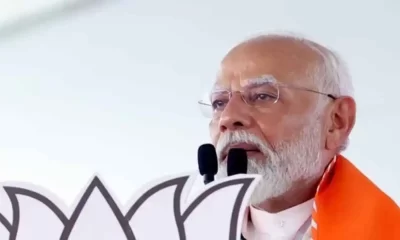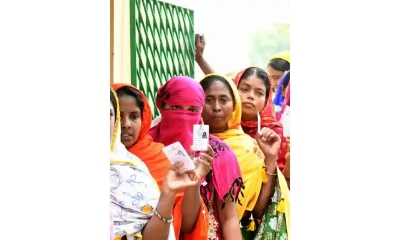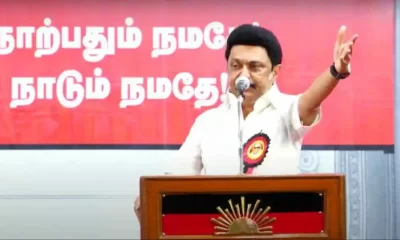India News
India ranked 103rd in WEF’s Global Human Capital Index, lowest among BRICS nations
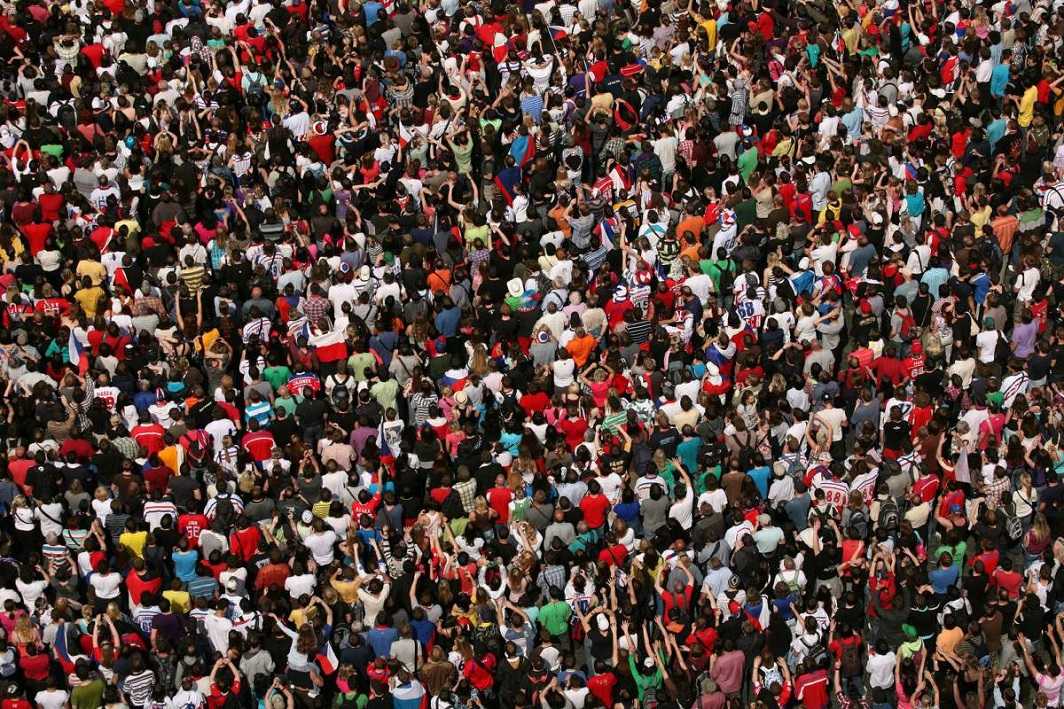
[vc_row][vc_column][vc_column_text]
While Prime Minister Narendra Modi talks about capitalizing on India’s demographic dividend and bringing labour reforms, WEF report shows how country fails on most parameters
Prime Minister Narendra Modi may never fail to mention India’s massive demographic dividend and his efforts at capitalizing on it to boost the country’s economy, but a recent report by the World Economic Forum (WEF) shows how the country seems to be failing its teeming millions – a majority of them young, restless and in a continued search of employment prospects.
The new Global Human Capital Index released by the WEF on Wednesday places India at an appalling 103rd position among 130 countries – the lowest rank among the BRICS nations and the elite G20 grouping. India, with its massive population of over 1.2 billion, is only slightly ahead of its neighbours Bangladesh and Pakistan which have been placed at the 111th and 125th positions.
The Global Human Capital Index 2017 ranks countries on how they are developing their human capital on a scale from 0 (worst) to 100 (best). These rankings are calculated based on a country’s performance on four basic parameters – capacity, deployment, development, and know-how and takes into account five age groups for this computation – 0-14 years; 15-24 years; 25-54 years; 55-64 years; and 65 years and over.
India also ranks “among the lowest in the world” when it comes to the employment gender gap. However, what Prime Minister Modi and his government can take solace is in the fact that the country has fared well on the score of development of skills needed for the future, ranking 65 on the list of 130 countries surveyed.
Modi has been emphasising on the importance of skill development and only recently when he reshuffled his council of ministers, the Prime Minister had dropped Rajiv Pratap Rudy, who held the portfolio of skills development minister, apparently because of his poor performance. The portfolio was given to Piyush Goyal, a minister Modi seems to have great faith in. It is a different matter though that the WEF report would have been collated based on facts and figures that were from the time when Rudy was Union minister for Skills Development – the only parameter where the country seems to have performed mildly better in the Global Human Capital Index.
The Modi government may, however, claim that its stint hasn’t destroyed the country’s demographic dividend altogether – though it has evidently not done anything substantial to tap into it either – as India registered a two-slot rise this year, finishing at the 103rd rank in place of last year’s 105th.
The index is led by Scandinavian nations Norway, Finland and Switzerland, followed by large, developed economies such as the US and Germany. In South Asia, the race is led by Sri Lanka at rank 70 and Nepal at 98 – both ahead of India despite being smaller economies with lesser population.
Education – an area which seems to be getting the Centre’s attention only to the extent of re-writing history books with an aim of deleting references to the country’s first Prime Minister Pandit Jawaharlal Nehru or the influence of Mughal/Muslim rulers of the country – is also where the country has performed abysmally. India ranks 110th in primary education attainment among 25-54 age group. The country also stood a poor 111th in vocation education enrolment rate and humiliating 120th in medium-skilled employment.
While the Modi government has been talking about labour reforms, the index places India at rank 118 on the score of labour force participation in the 25-54 age group. However, the most dubious distinction for the country is that it ranks dead last across all age groups in the employment gender gap.
Citing the factors because of which India failed to tap its human capital, WEF said, “India is held back by a number of factors, including low educational attainment and low deployment of its human capital, meaning the skills available are not getting put to good use.”
[/vc_column_text][/vc_column][/vc_row]
2024 Lok Sabha Elections
Lok Sabha election 2024: Nearly 50% voter turnout recorded in second phase till 3 pm
The constituencies going to polls today include all 20 Lok Sabha seats in Kerala, 14 in Karnataka, 13 in Rajasthan, and others spread across different states.
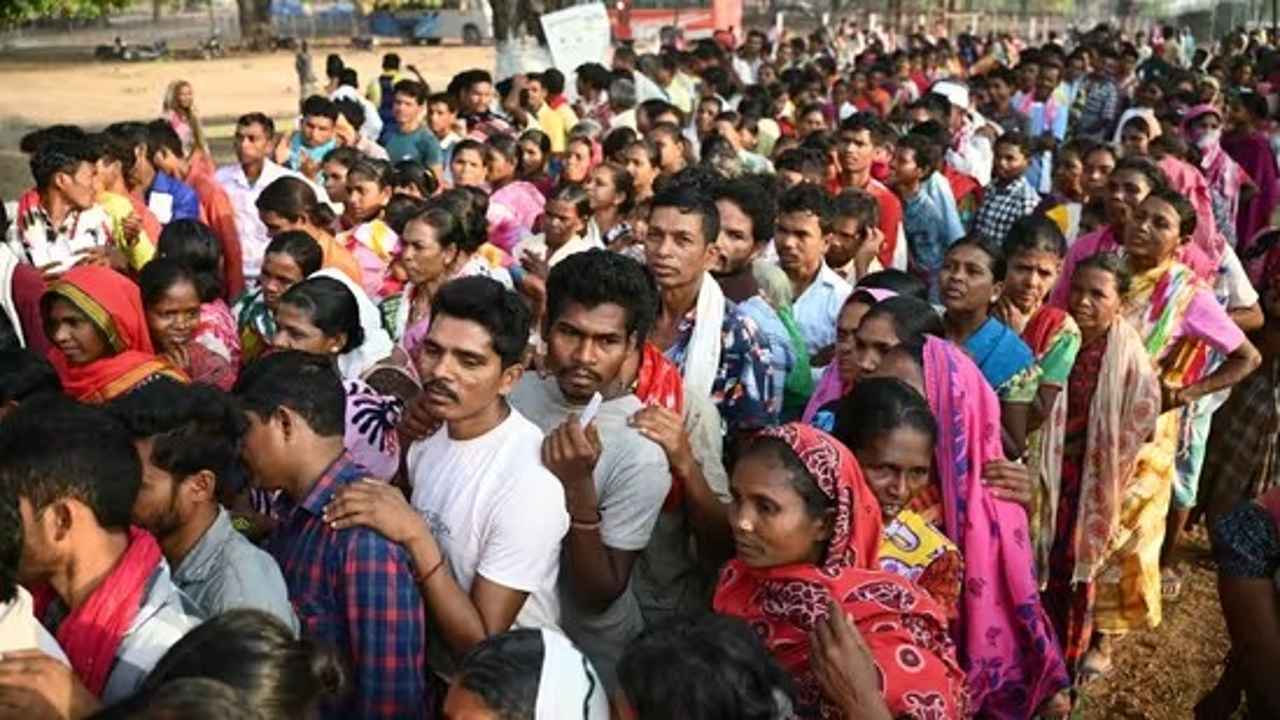
In the second phase of Lok Sabha elections 2024, over 50% of voters were registered in 13 states and the UTs till 3 p.m. 65% of voters participated in the first round of the Lok Sabha elections.
The 18th Lok Sabha elections are currently in their second phase, with voting for 88 seats taking place across 13 states and union territories. There are more than 1,200 people running for office, four of them are from outside Manipur.
Union minister Rajeev Chandrasekhar, BJP members Tejasvi Surya, Hema Malini, and Arun Govil, Rahul Gandhi and Congress leader Shashi Tharoor, DK Suresh, the brother of Karnataka Deputy Chief Minister DK Shivakumar, and former chief minister HD Kumaraswamy are among the notable contenders for the second phase.
In 2019, the NDA had won 56 of the 89 seats and the UPA 24. Six of these seats have been redrawn as part of the delimitation exercise.
The first phase of the seven stages of the elections took place on Friday, including 102 seats spread across 21 states and Union territories. Voter turnout was about 65.5% in the first phase, according to the reports.
In biggest festival of democracy, people from all walks of sector took part in it. A video went viral where former India captain and current Indian team head coach Rahul Dravid and former India player and head coach Anil Kumble were seen standing in line to cast their vote.
Meanwhile, voting started at 7 a.m. and will end at 6 p.m. The Election Commission has extended voting hours for those who are in line by an hour. According to Election Commission figures, the first two hours saw a 9.3% voter turnout throughout the 88 constituencies. By 9 am, Kerala had recorded 8.52%, Karnataka 9.21%, and Madhya Pradesh 13.82%.
In this phase, there were about 15.88 crore eligible voters, comprising 5.929 third-gender electors, 8.08 crore males, and 7.8 crore women. 3.28 crore young voters, aged 20 to 29, are among them; 34.8 lakh of them are first-time voters.
2024 Lok Sabha Elections
Lok Sabha elections 2024: 102-year-old man walks to polling booth to cast his vote in Jammu
The lowest voter turnout so far was noted in Ramgarh at 1.53%.
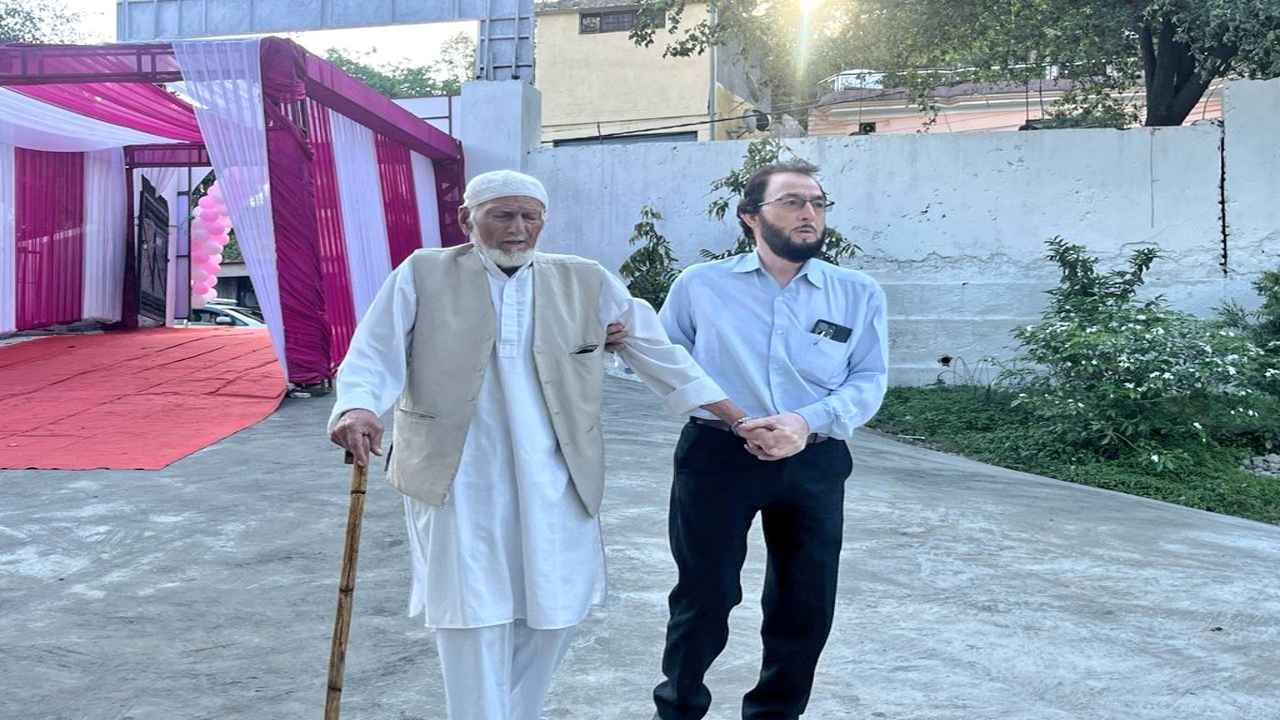
A 102-year-old man showed up at a Jammu polling place to cast his vote in the second phase of the Lok Sabha elections on Friday. Haji Karam Din arrived at the Reasi district polling place in the Jammu constituency with a walking stick in hand and a family member who assisted him with the pre-voting process.
Haji Karam Din, who is 102-year-old, showed his inked finger and posed for pictures outside the polling booth after casting his vote. He said voting at this polling place at this age makes him very happy. He has always cast his vote. Even at the age of 102, this experience is still ongoing, he said.
Reasi district is a part of the Jammu parliamentary constituency, and 22 candidates are up for vote with around 17.81 lakh eligible voters.
BJP’s sitting member Jugal Kishore Sharma is aiming for a third term in office following wins in the elections of 2014 and 2019. Former minister and Congress candidate Raman Bhalla is his main opponent.
Voting in the Jammu-Reasi Lok Sabha constituency began with eager voters showing up at the polling places. Some of them were wearing traditional Dogra attire.
In 2,416 polling places around the constituency, voting got underway at 7 a.m., and 10.39% of the total votes were cast by 9 a.m. In the 2019 Lok Sabha elections, Jammu recorded a 74% voter turnout.
Following the repeal of Article 370 and the division of the former state into two Union Territories five years ago, this is Jammu’s first significant election.
The Akhnoor segment received the highest percentage of votes, 14.24%, followed by Reasi (14.13%), Gulabgarh (13.53%), Shri Mata Vaishnodevi (12.71%), Marh (12.31%), Samba (8.56%), R S Pura Jammu South (8.17%), and Suchetgarh (5.67%), according to the officials. Ramgarh recorded the lowest voter participation of 1.53% so far.
Low attendance was observed in the border areas of the districts of Jammu and Samba till nine in the morning, according to poll data.
The officials said that big lines of voters were observed at several polling places throughout Jammu city. Voters were observed heading towards polling places early in the morning.
India News
Salman Khan house firing case: NIA interrogates arrested shooters Sagar Pal, Vicky Gupta for three hours
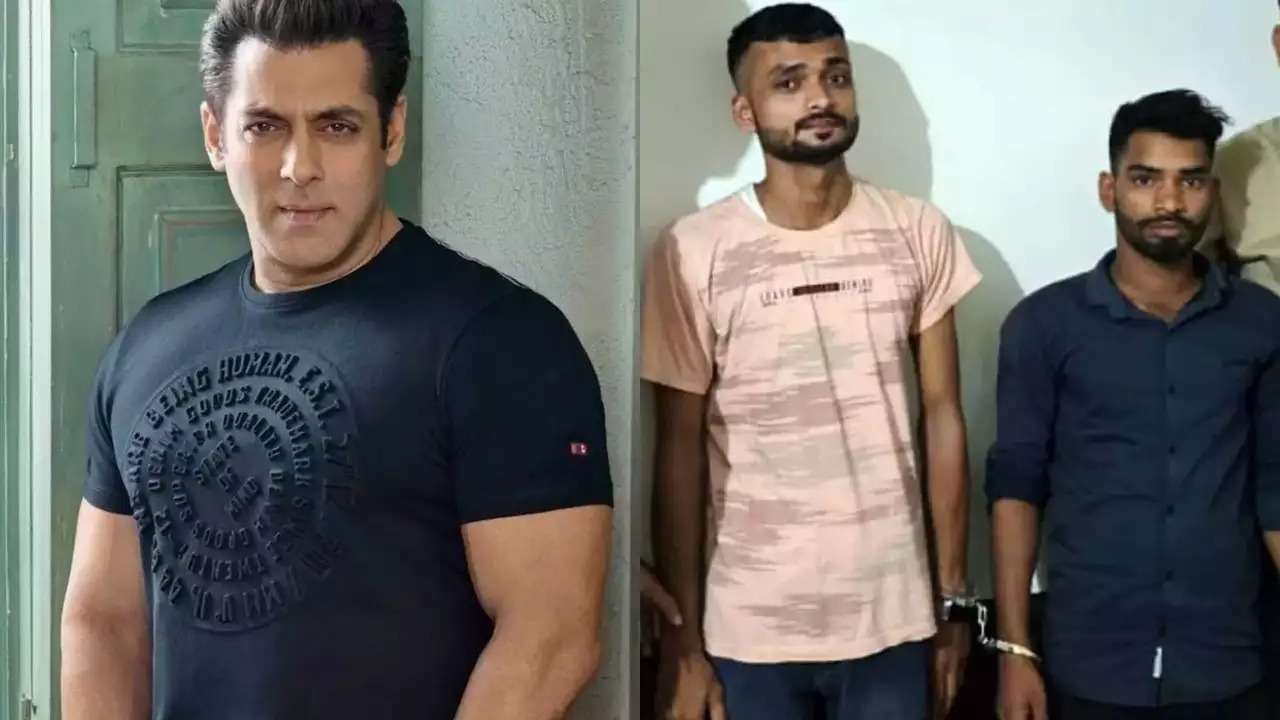
The investigation into the shocking firing incident that took place outside Salman Khan’s house on April 14 keeps bringing new updates with every passing day. In this case, Sagar Pal and Vicky Gupta, the two suspected shooters, have already been taken into custody.
The two shooters have reportedly been questioned by the National Investigation Agency (NIA), according to a new development. Every day that goes by, more information is revealed about the inquiry into the shocking firing incident that happened outside Salman Khan’s house on April 14. Sagar Pal and Vicky Gupta, the two accused shooters, are being held in custody after their first arrests.
It was recently discovered that the two shooters were questioned by the National Investigation Agency (NIA).
NIA has reportedly begun questioning Sagar Pal and Vicky Gupta, who were detained a few days ago for firing openly outside Salman Khan’s Galaxy Apartments in Mumbai, according to a recent update posted on their X (Twitter) account. NIA has interrogated shooters Vicky Gupta and Sagar Pal, arrested in the firing case, the tweet said.
According to the reports, two Punjabi residents were taken into custody by the Mumbai Crime Branch yesterday on suspicion of being involved in the recent shooting incident outside the house of Bollywood actor Salman Khan.
The two men, Sonu Subhash Chander and Anuj Thapan, provided guns to Sagar Pal and Vicky Gupta, the shooters, according to information released by the Mumbai Crime Branch. It was also reported that they had communication with the Bishnoi gang. For those who don’t know, hours after the incident, Anmol Bishnoi, the brother of gangster Lawrence Bishnoi, allegedly took credit for the firing in a Facebook post.
The shooters’ custody has been extended by Mumbai’s Esplanade Court until April 29.
Meanwhile, on the workfront Salman Khan was last seen in Tiger 3 alongside Katrina Kaif.
-
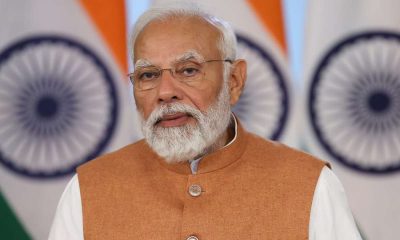
 2024 Lok Sabha Elections20 hours ago
2024 Lok Sabha Elections20 hours agoPM Modi calls for high voter turnout in second phase of Lok Sabha elections 2024, says your vote is your voice
-
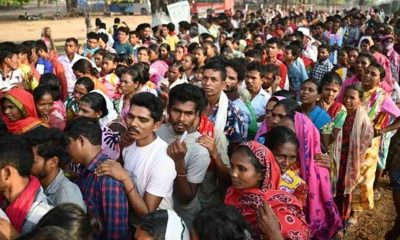
 2024 Lok Sabha Elections14 hours ago
2024 Lok Sabha Elections14 hours agoLok Sabha election 2024: Nearly 50% voter turnout recorded in second phase till 3 pm
-
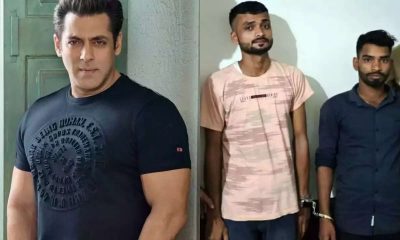
 India News19 hours ago
India News19 hours agoSalman Khan house firing case: NIA interrogates arrested shooters Sagar Pal, Vicky Gupta for three hours
-
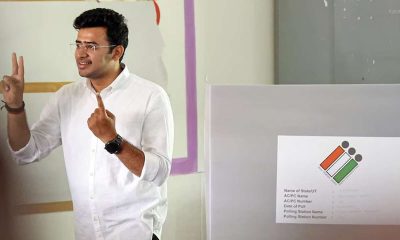
 2024 Lok Sabha Elections13 hours ago
2024 Lok Sabha Elections13 hours agoElection Commission books BJP MP Tejasvi Surya for seeking votes in the name of religion
-
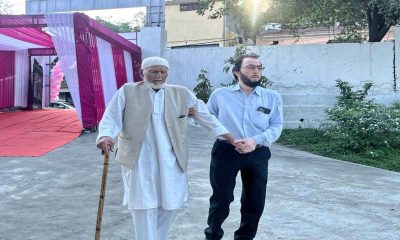
 2024 Lok Sabha Elections18 hours ago
2024 Lok Sabha Elections18 hours agoLok Sabha elections 2024: 102-year-old man walks to polling booth to cast his vote in Jammu

